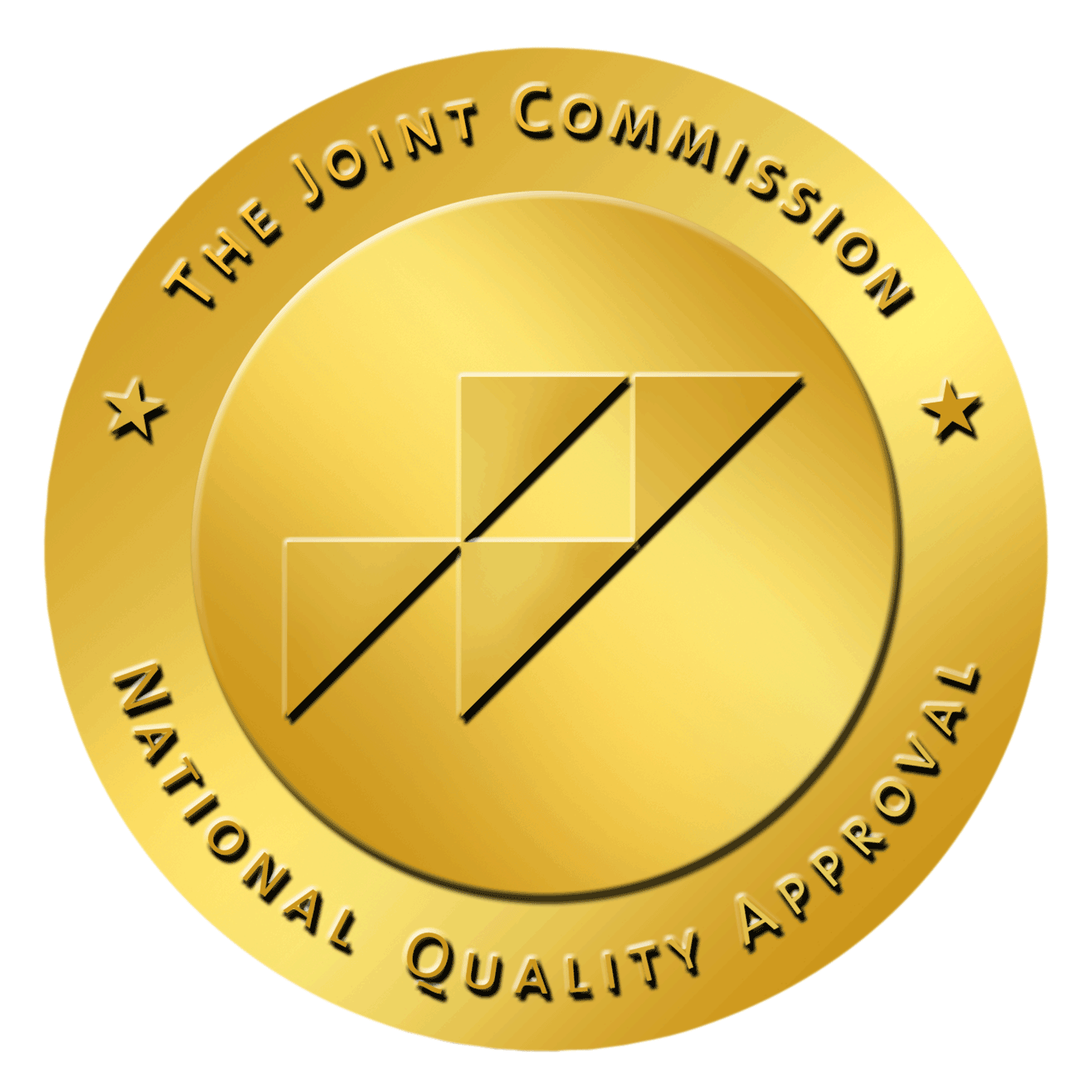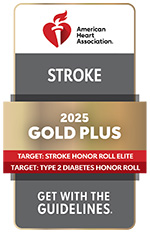Stroke Center Outcomes
Hospitals use patient outcome and performance reports to measure the safety and quality of care they provide. When you're choosing a hospital, patient outcomes information can help you make an informed decision. El Camino Health tracks both outcome measures and performance measures, maintaining an average of 98% for all measures for all patients.
We also rigorously benchmark ourselves against other hospitals. Comparisons can be found on the GWTG Public Reporting website. Additional key results are described below.
Expert Care for All Types of Strokes
El Camino Health's team of neurologists, neurointerventional radiologists and neurosurgeons has long been on the forefront of neurologic procedures for treating all types of strokes:
- Ischemic stroke
- Hemorrhagic stroke
- Neurovascular dissections
- Neurovascular aneurysms
Our team at the Peter C. Fung, MD, Stroke Center is experienced at recognizing and treating the most urgent and common type of stroke: ischemic stroke. This potentially life-threatening situation occurs when there’s a complete blockage of blood flow to a vessel in the brain or leading to the brain.
Emergency Care for Stroke
If you or a loved one needs care for a suspected stroke, you can be sure that you’ll receive the most efficient, expert care at our hospital. When patients with suspected stroke arrive at El Camino Health by emergency medical services (EMS) after calling 911, our emergency room is notified before the paramedics arrive with the patient. To ensure patients get immediate care, our stroke team experts are waiting at the door to begin a highly coordinated process. Our stroke team involved in this initial care includes:
- Emergency physicians and nurses
- Laboratory and computed tomography (CT) technicians
- Radiologists
- Neurologists
- Neurosurgeons
- Neurointerventionalists
This team works together to assure that patients receive immediate care, which can lead to fewer long-term complications and better outcomes.
We are continuously assessing and revising our emergency stroke care process to ensure we are delivering the speediest, safest care with the latest research and technology to our patients. Our seamless process allows us to provide assessment and care to stroke patients within minutes of arrival.
Tenecteplase (TNK)
The first line care for ischemic stroke patients is treatment with a thrombolytic to break up a clot. Thrombolytic therapy which includes tPA drugs, alteplase (Activase) and tenecteplase (TNK), is the gold standard treatment for ischemic stroke. At El Camino Health, we currently use Tenecteplase, which can only be given within four-and-a-half hours of symptom onset. If the patient arrives within that time window, our team works aggressively to provide this treatment — for eligible patients — as quickly as possible.
Nearly 2 million brain cells die every minute during a stroke. For this reason, it is essential to treat stroke as quickly as possible. Our goal is to treat ischemic stroke patients as quickly as possible, and no longer than 30 minutes after they’ve arrived at the hospital, which is in line with the latest nationwide American Heart Association/American Stroke Association Target Stroke Phase III initiative. We continue to work on processes to reduce the time to treatment. IV TNK arrival to drug times include:
Our Fastest time: 12 minutes
2024 Median time: 38 minutes
Mechanical Thrombectomy
For stroke patients with the most severe ischemic stroke, the stroke team at El Camino Health in Mountain View offers an advanced treatment called mechanical thrombectomy. Mechanical thrombectomy is an interventional procedure provided by specialized physicians called neurointerventionalists. These highly skilled physicians can remove clots that block large blood vessels using devices called stent retrievers that grab clots and remove them or aspiration devices that draw out the clots to remove them and reestablish blood flow to the brain.
In 2024, 100% of eligible patients were taken for this advanced treatment.
As with Tenecteplase treatment, our goal is to provide thrombectomy care as quickly as possible in order to improve patient outcomes. Research released in February 2018 from the DAWN and DEFUSE-3 trials found that this treatment can be effective for some patients who've been experiencing stroke symptoms for up to 24 hours prior to treatment. El Camino Health has made significant improvements in reducing the time from arrival to initiation of thrombectomies.
Our Fastest time: 54 minutes
2024 Median time: 95 minutes
Outcomes After Thrombectomy
Our Stroke Center is conscientious about measuring patient outcomes for mechanical thrombectomy treatment. One way to measure procedure outcomes is by the amount of blood flow restored; this is often called reperfusion, and the rate of reperfusion is indicated by using a grading scale with a score known as a thrombolysis in cerebral infarction (TICI) score. Scores range from 0 to 3: 0 meaning no blood flow returned and 3 meaning full reperfusion.
In 2024, of the 25 thrombectomy patients, 84% had substantial reperfusion (TICI scores 2b or greater.)

